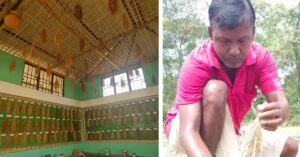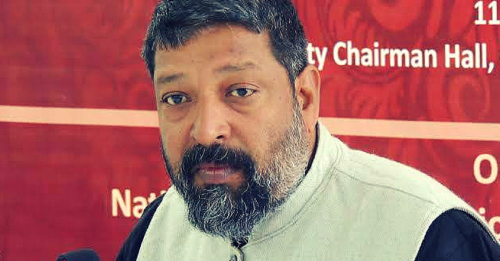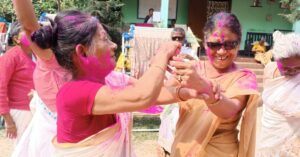This man is saving Thousands of Lives with his unique Flood Management System in Northeast India
From safe evacuation to rehabilitation and alternative livelihood options, Ravindranath and his team of volunteers know exactly what to do in case of floods. His amazing methodology has been so successful that it has been replicated internationally and is taught in business schools. Here's all you need to know about it.
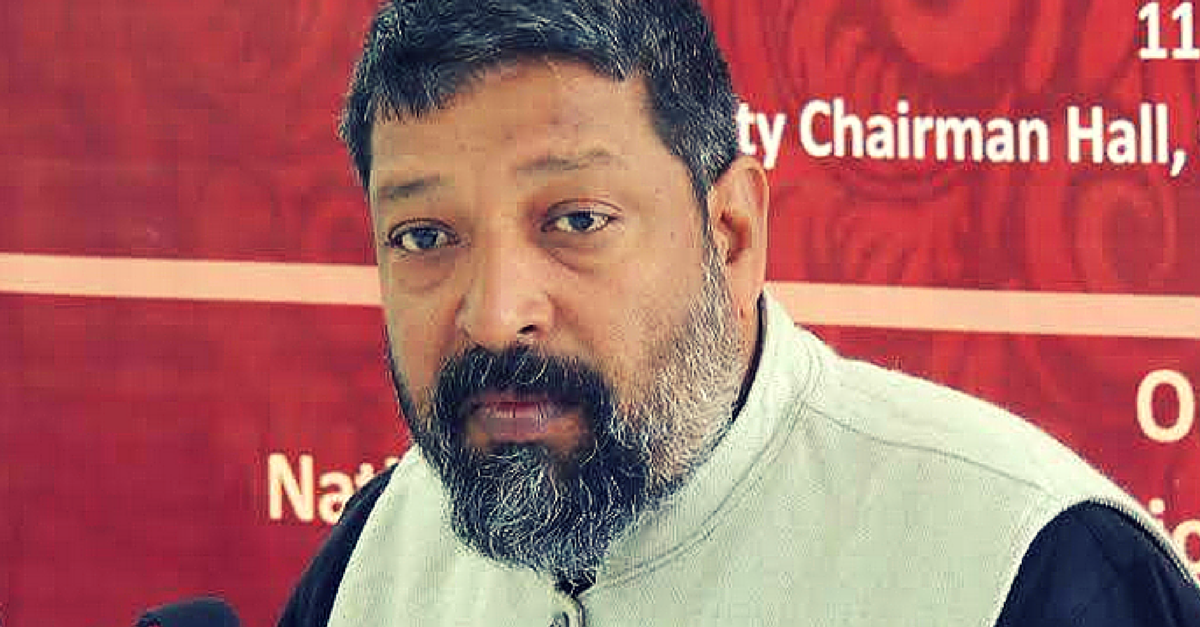
From safe evacuation to rehabilitation and alternative livelihood options, Ravindranath and his team of volunteers know exactly what to do in case of floods. His amazing methodology has been so successful that it has been replicated internationally and is taught in business schools. Here’s more.
Imagine a scene of a flood-affected village. All you see is disaster and loss of lives and property, right? Now imagine that the villagers are well prepared for the disaster. The evacuation plans are in place, a team is ready for first-aid and all arrangements for a temporary shelter, clean drinking water and proper sanitation are operational. Wouldn’t this bring down the negative impact of the flood by a great extent?
Ravindranath is doing exactly that by converting villages and communities in flood-ravaged regions into institutions prepared to predict, confront and cope with floods.
The Brahmaputra Valley witnesses annual floods. Assam alone has seen twelve major floods between 1954 and 2004, the last one of which affected 28.5 million hectares of land, 10,560 villages and 15 to 17 million people. During a natural calamity, there is nothing much we can do. Hundreds and thousands of people lose their homes, lives and everything they have earned in their lives.
Ravindranath started the Rural Volunteer Centre, where his team of volunteers is not only trained to take prompt action in such cases but also be well versed in basic first aid and evacuation techniques.

Born and raised in Asansol, a remote tribal village of West Bengal, Ravindranath saw frequent floods and the damage they caused while he was travelling.
“It is sad to see that people lose everything they have in just a few hours. I wanted to address the issue and come up with a solution that can reduce the impact of floods,” he says.
He shifted to Assam and started researching on the issue in the early 1990s. This led him to develop a methodology that uses local resources and mechanisms to make early warning systems, risk reduction mechanisms, feasible evacuation plans and post-flood rehabilitation.
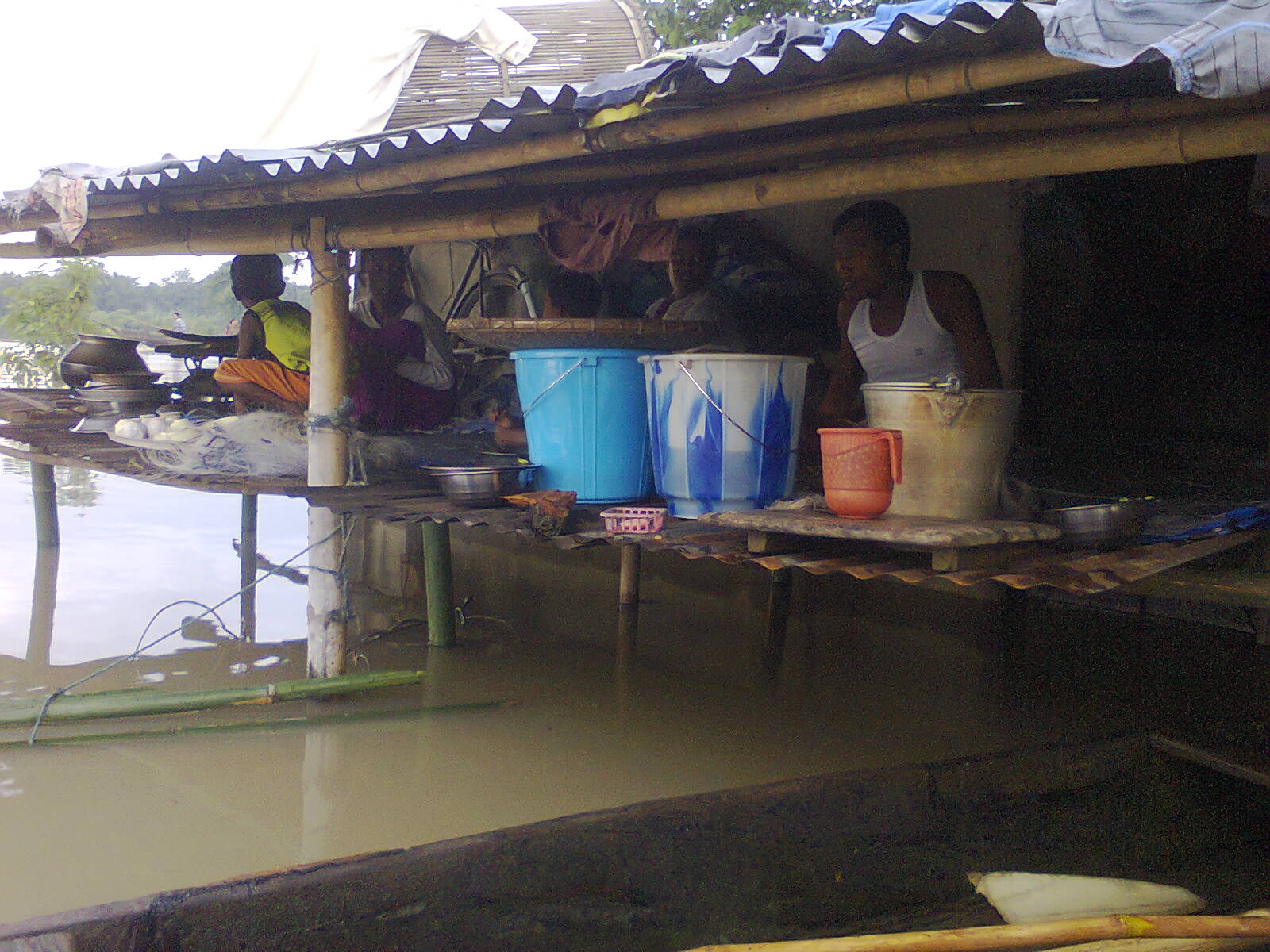
He addressed three prime issues: clean drinking water, safe sanitation and rehabilitation of the victims after flood. So far, he has managed to rehabilitate over 8,000 families in Northeast India with the help of his team of 600 volunteers.
“One major problem is defecation. People cannot defecate as there is water all around. Also, there is a lack of clean drinking water. Though there is so much water, they cannot drink it as it is contaminated.”
– Ravindranath
He believed that in order to create a sustainable model, it was very important to get the local community involved. He got a group of volunteers together and trained them extensively for four to five months in dealing with such conditions.
Each volunteer at RVC has communication devices like mobile phones and walkie-talkie, a rain gauge, a water level gauge, a torch, a bicycle to go to narrow areas, and medical kits. They are also trained in navigating speed boats and carrying out minor repairs.

Ravindranath identified forty points on the banks of the Brahmaputra and its five tributaries in the two districts of Assam. The volunteers take regular readings on these points and send the data to the central team, which then analyses it and warns the people accordingly on the possibility of flood, giving them ample time to save their lives and properties.
RVC also provides people with temporary shelters after the flood and helps them to get back on their feet by enabling them to grow alternative crops and giving them other livelihood options.
“We give them temporary shelters and then the government intervenes and provides them semi-permanent shelters.”
– Ravindranth
He also built a network of 12,000 women para-veterinaries and 130 “barefoot” doctors who create awareness about the common flood-related diseases, their prevention and their cures. The team also distributes low-cost generic medicines.
“We train women because they have better access to the households and also know their needs better,” he says.
Ravindranath advised villagers to raise the floor of their tribal mud houses to six or seven feet and replace traditional wooden pillars with strong concrete ones. The elevated earth platforms enabled the villagers to install temporary shelters with specially-designed PVC toilets.
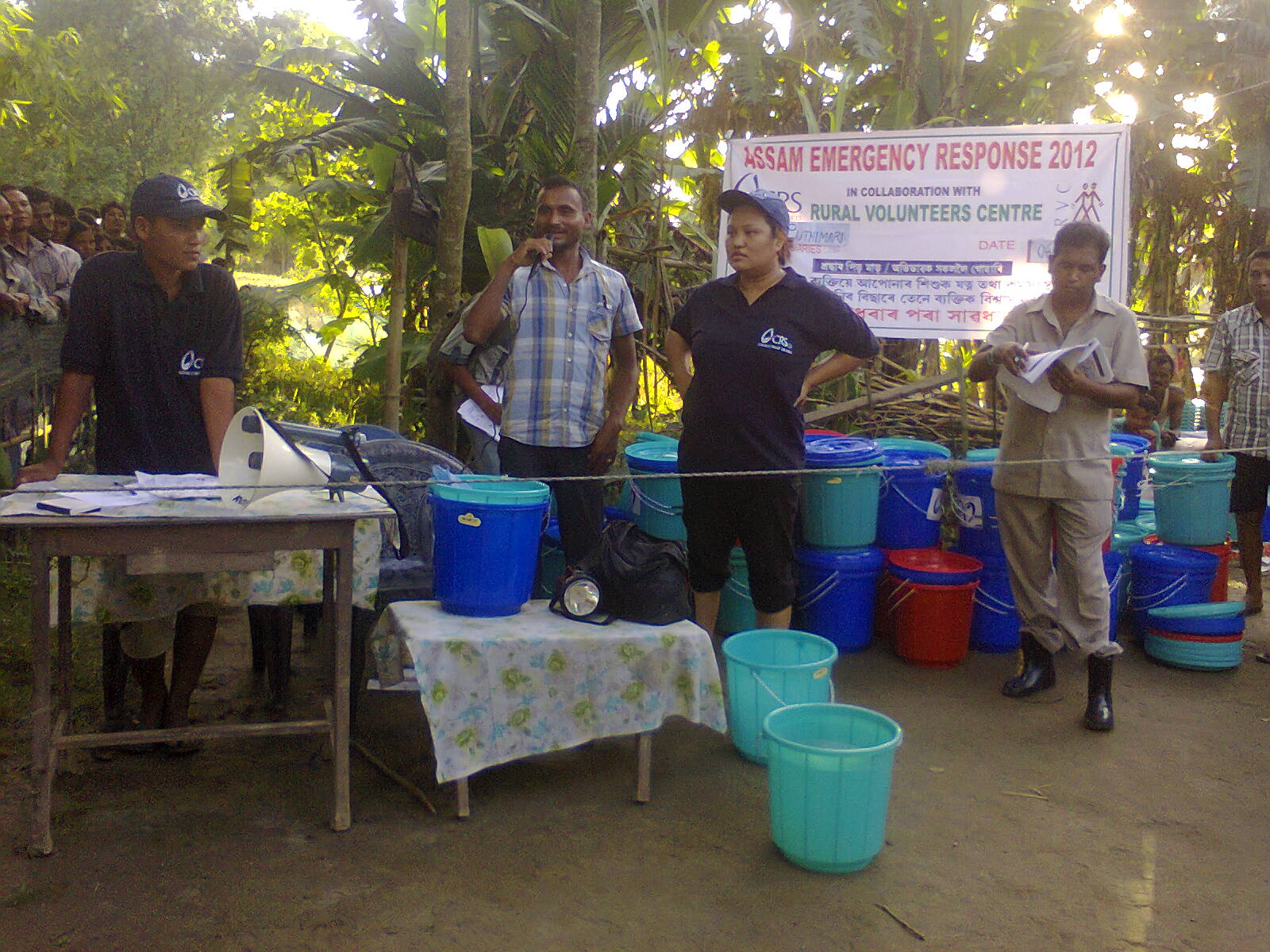
He also trains people in home-grown technologies that can be used to get access to clean drinking water in case of devastating floods.
“After people are evacuated safely, the major concern is to get the life back on the track. So we have implemented several options that can be really helpful like alternative crops, introducing better varieties of pigs through high-yielding poultry farms, etc. with great success,” says Ravindranath.
Ravindranath came up with the concept of a Revolving Pig System, which required every family to contribute two piglets to two other families. They adopted a similar system in poultry farms, which yielded healthy birds weighing 13.2 pounds on an average.
This methodology has achieved a great success in the northeast and has been implemented internationally in countries like Bangladesh, Indonesia, Nepal, etc. His model is also being taught at the Indian Institute of Management in Kolkata and Ahmedabad.

“Though the model has been successful, it is a challenge to find a dedicated team. We only work with locals because they understand the area better and are also emotionally attached to it. Plus, they will also be associated with it for a long term and not leave mid-way,” says Ravindranath.
He believes that apart from changing climatic conditions, there are many man-made reasons for such calamities. “Our faulty engineering and carelessness is somewhere the reason behind such disasters. We are at a stage where development should happen very carefully,” he says.
In the future, Ravindranath wants to expand his area of work to other cities and reach out to more people.
“A lot has changed over a short period of time. People are now more aware of what to do in such situations but there is still a long way to go. In particular, communication from the government’s side needs to improve so that people can evacuate safely and on time.”
– Ravindranath
With RVC’s holistic intervention, thousands of people have got a second chance after the horrific disaster. We hope to see many more success stories and believe that people will take a cue and live a life which is more in sync with nature.
Like this story? Or have something to share? Write to us: [email protected], or connect with us on Facebook and Twitter (@thebetterindia).
This story made me
- 97
- 121
- 89
- 167
Tell Us More
We bring stories straight from the heart of India, to inspire millions and create a wave of impact. Our positive movement is growing bigger everyday, and we would love for you to join it.
Please contribute whatever you can, every little penny helps our team in bringing you more stories that support dreams and spread hope.






